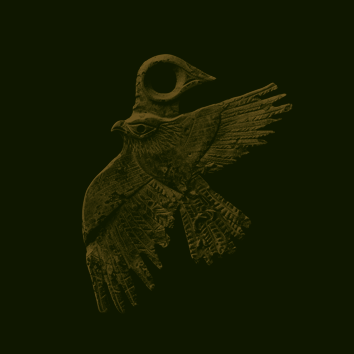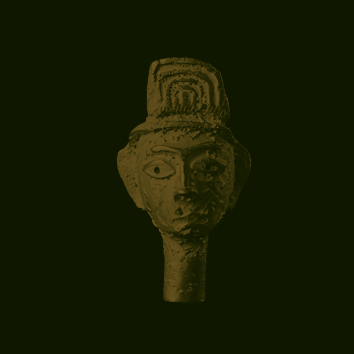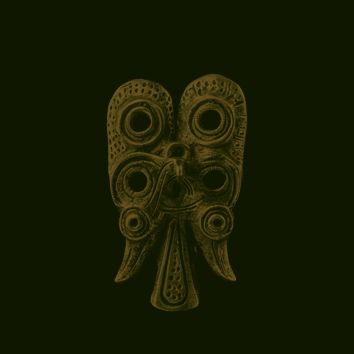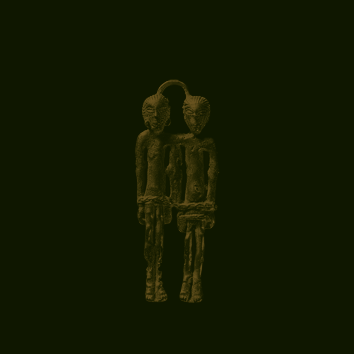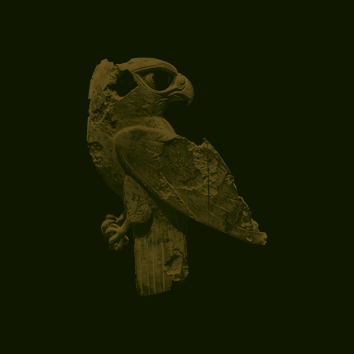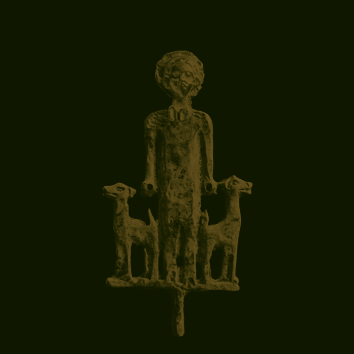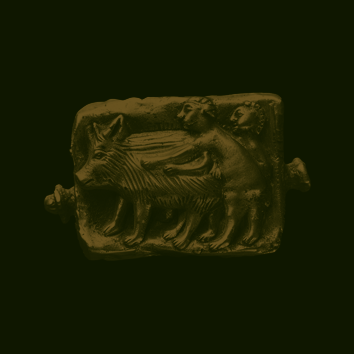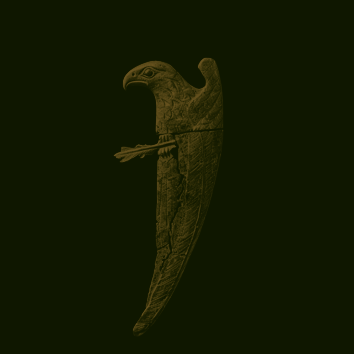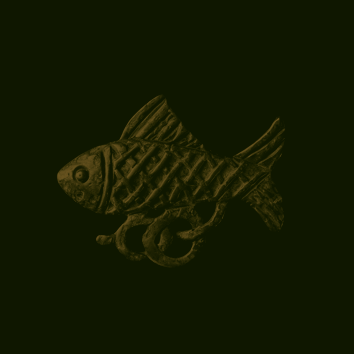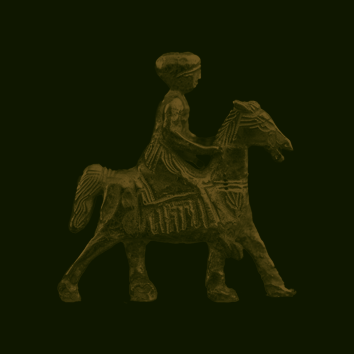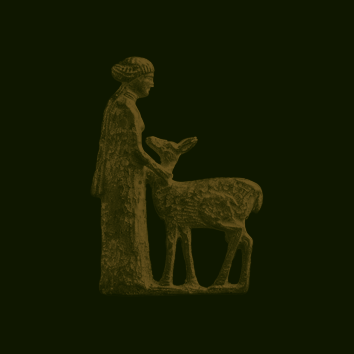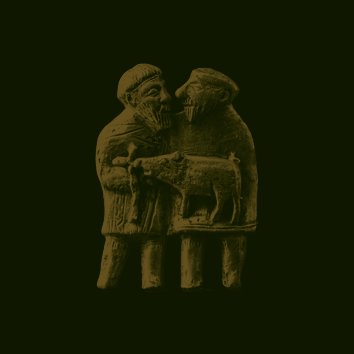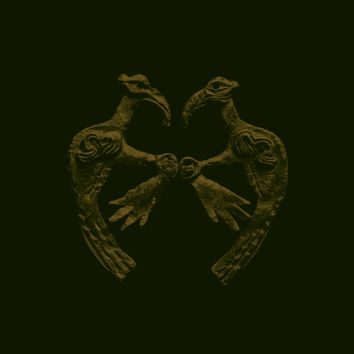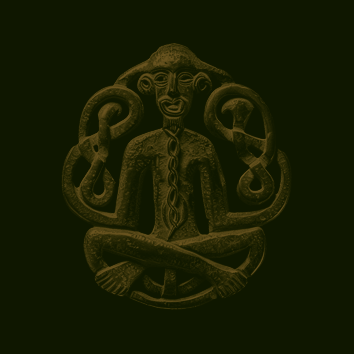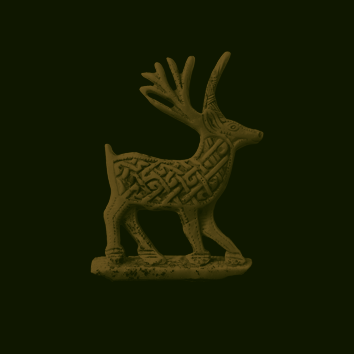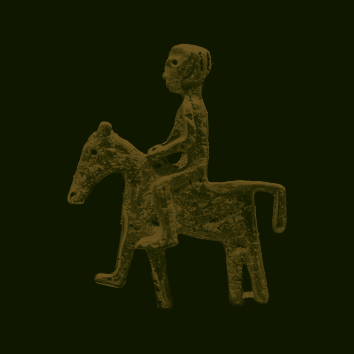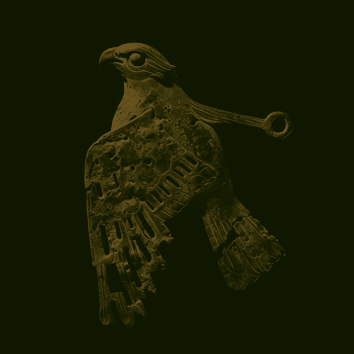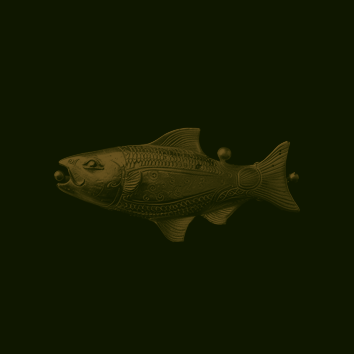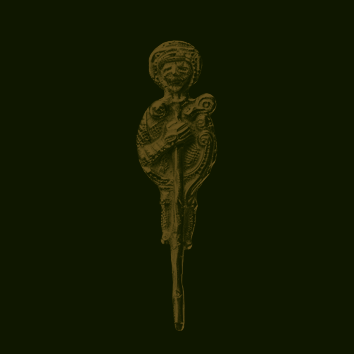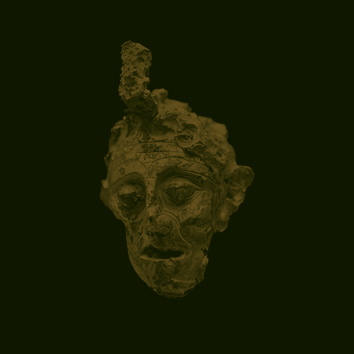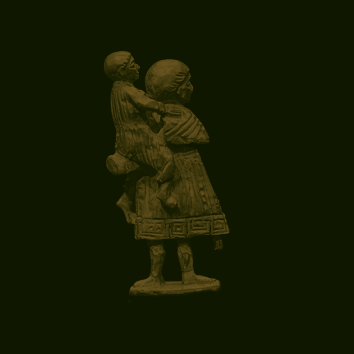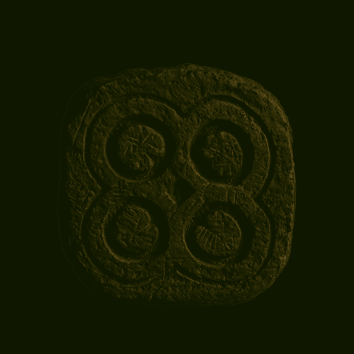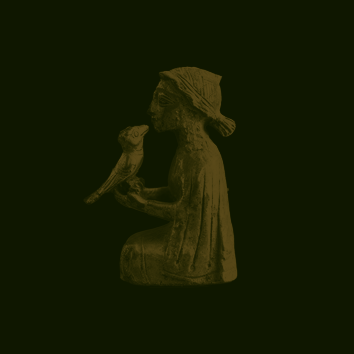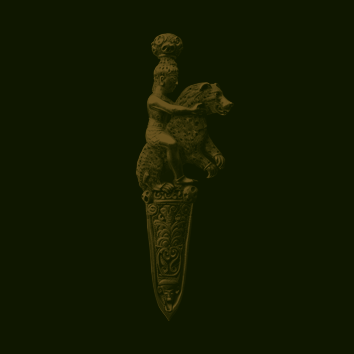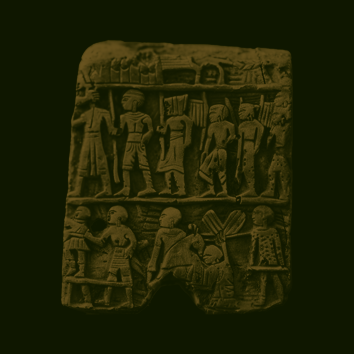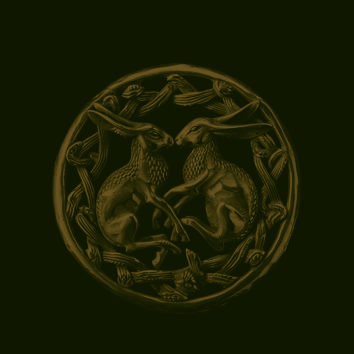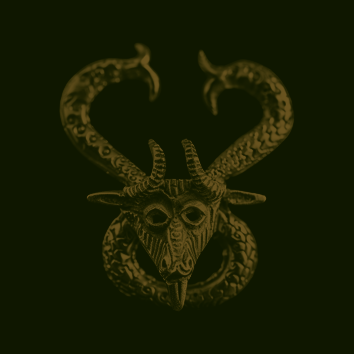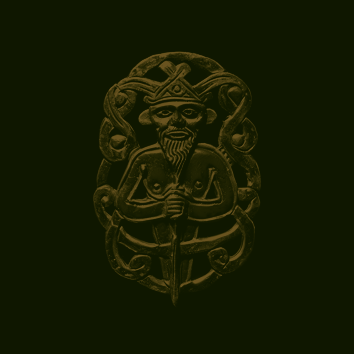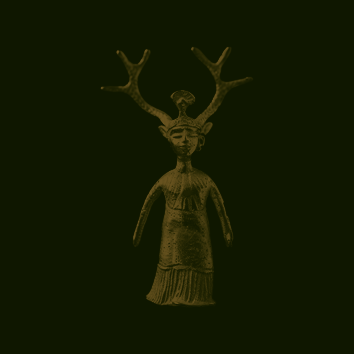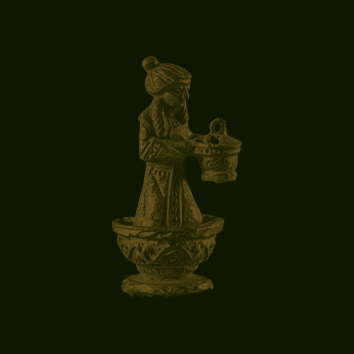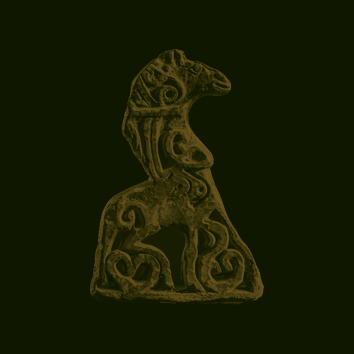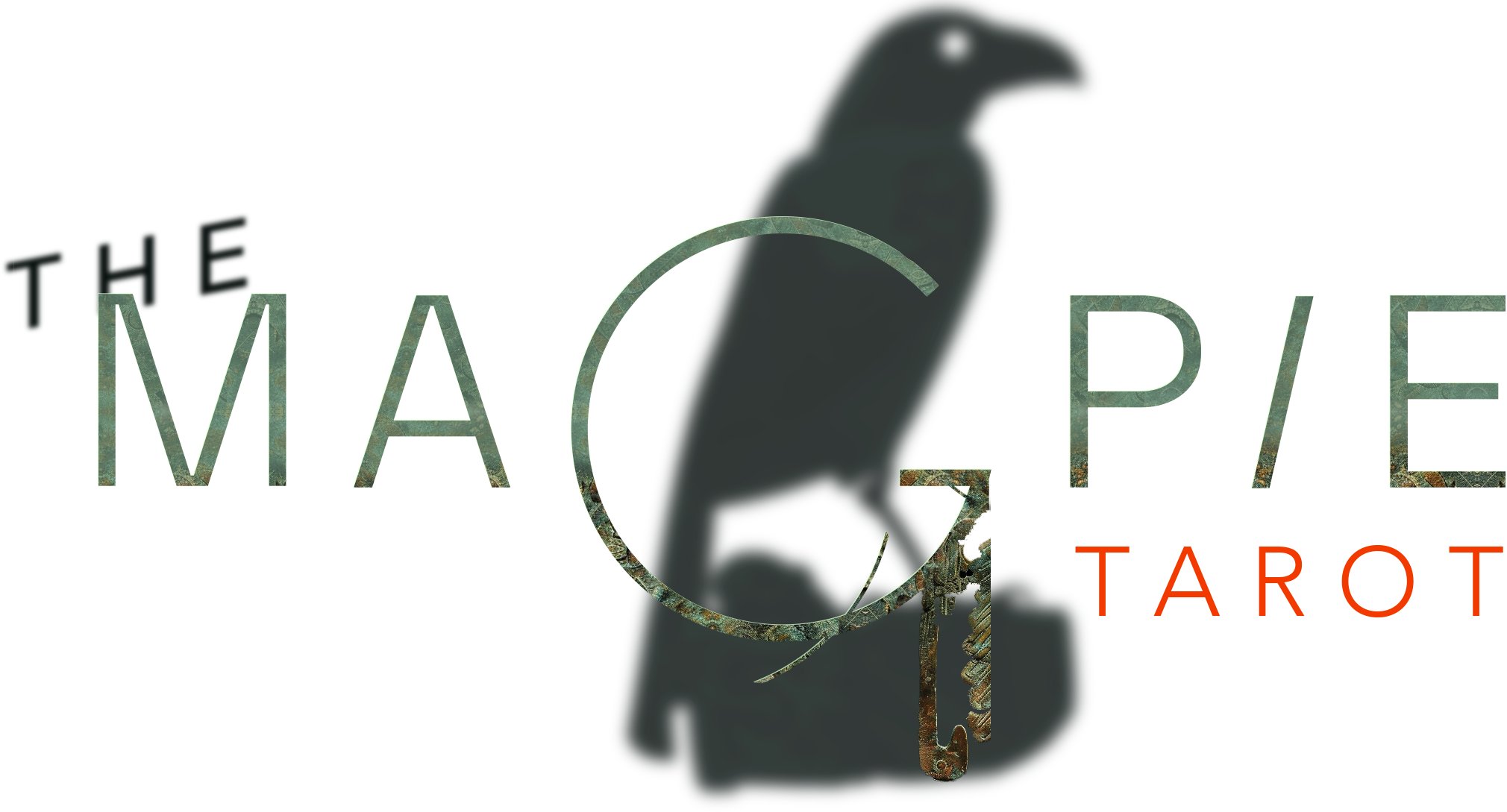
An experimental oracle modeled on the Tarot de Marseille & The Mabinogi, built in Python and illustrated in dialog with generative tools, by Jory Hemmelgarn.
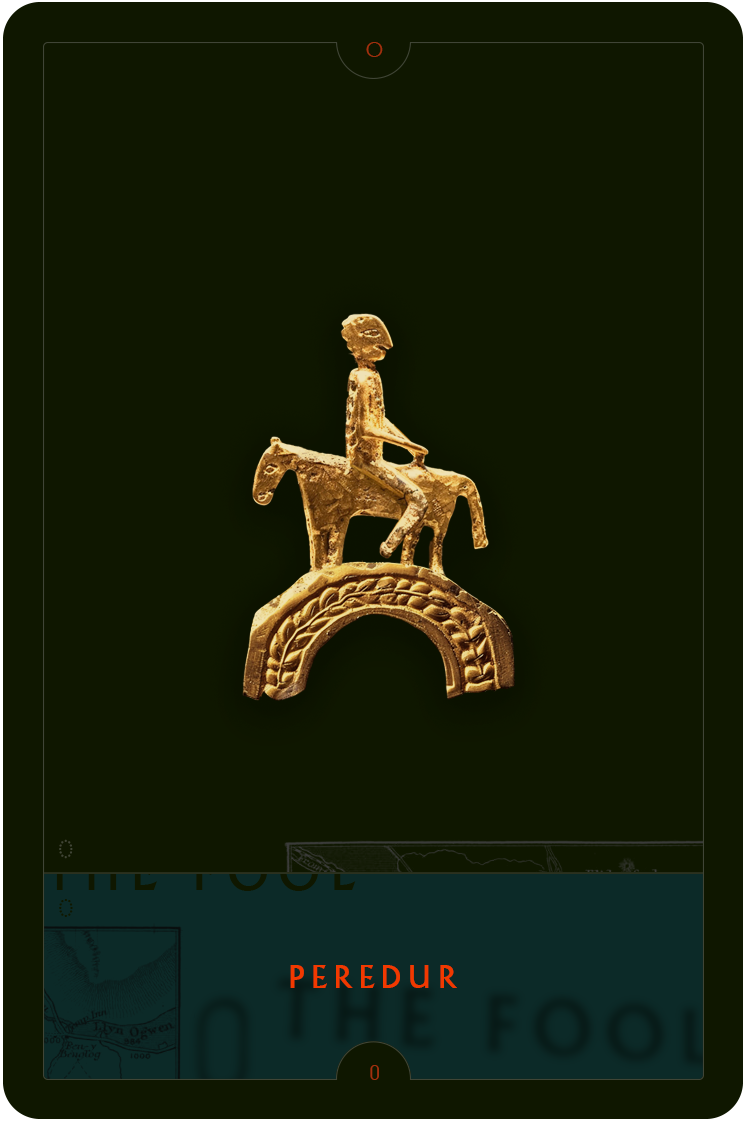

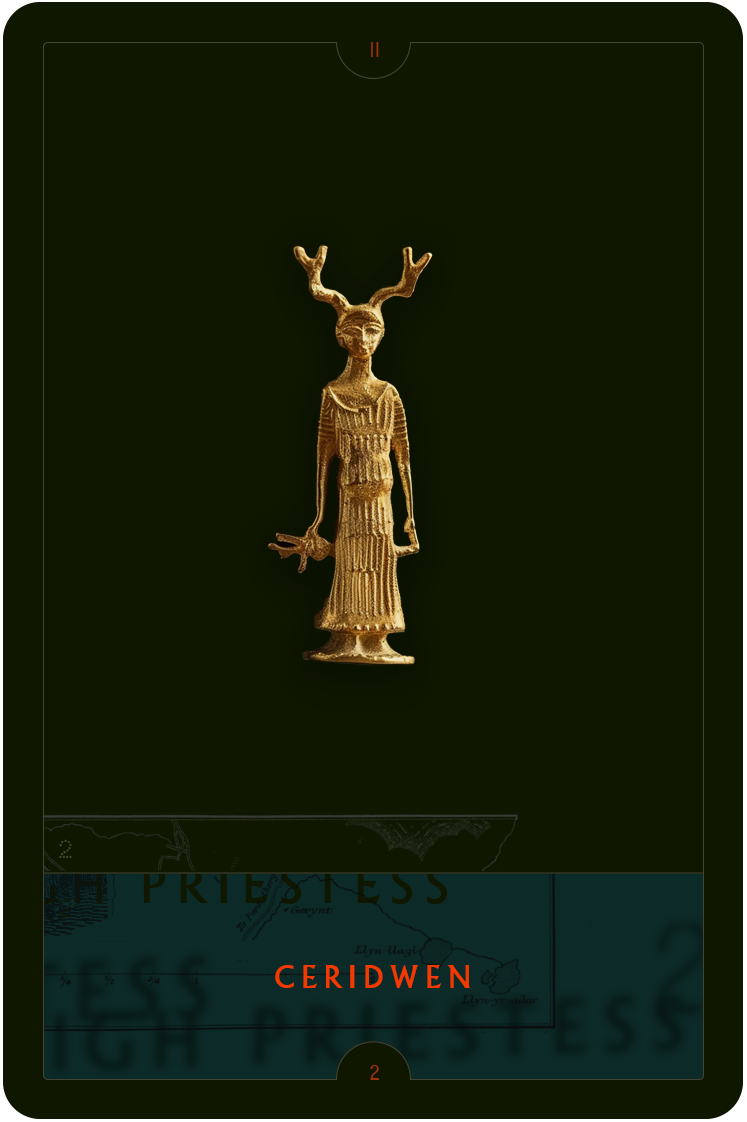
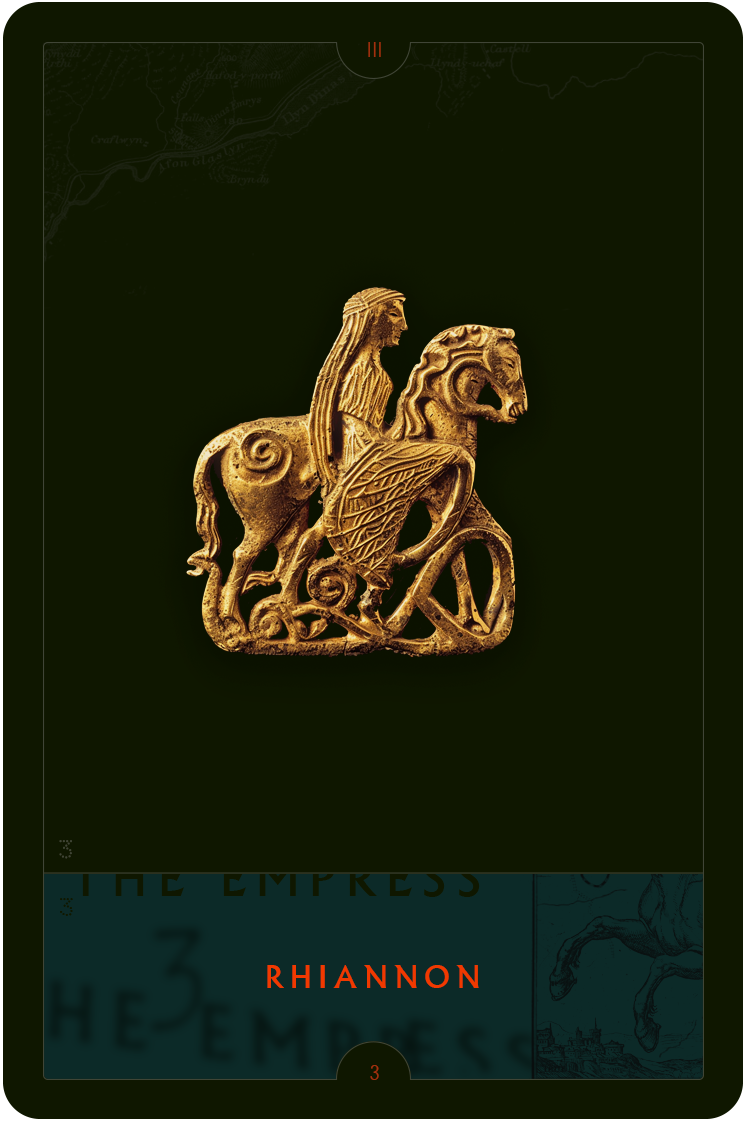


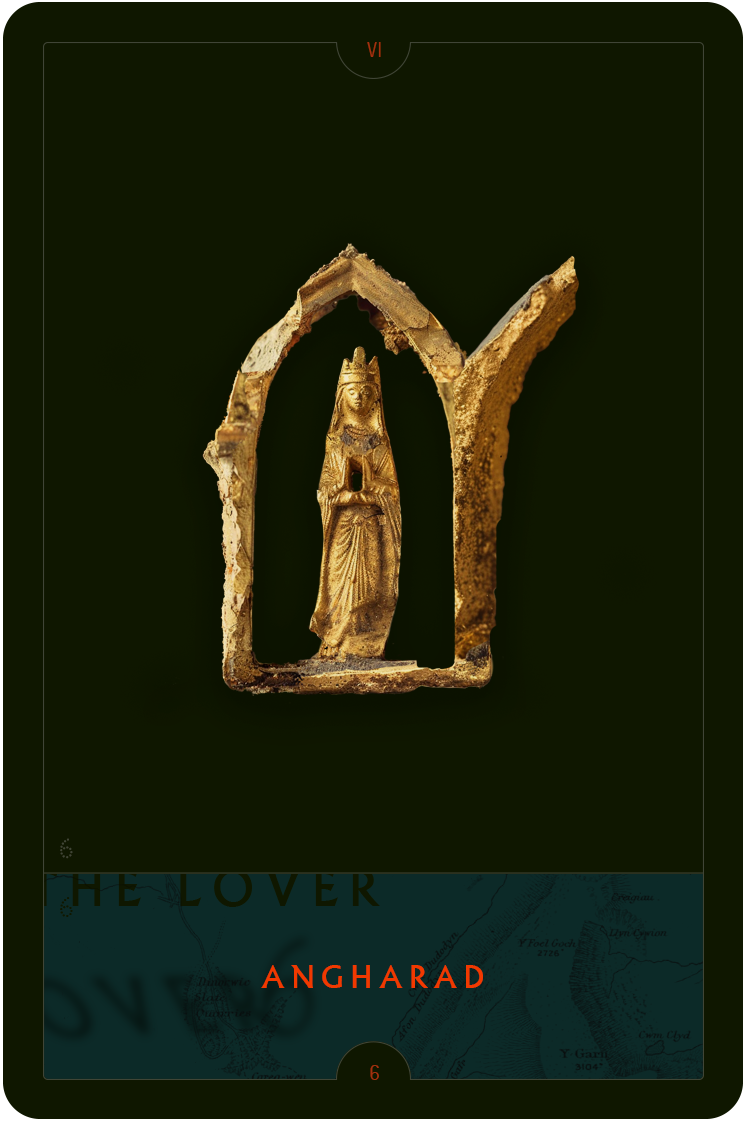
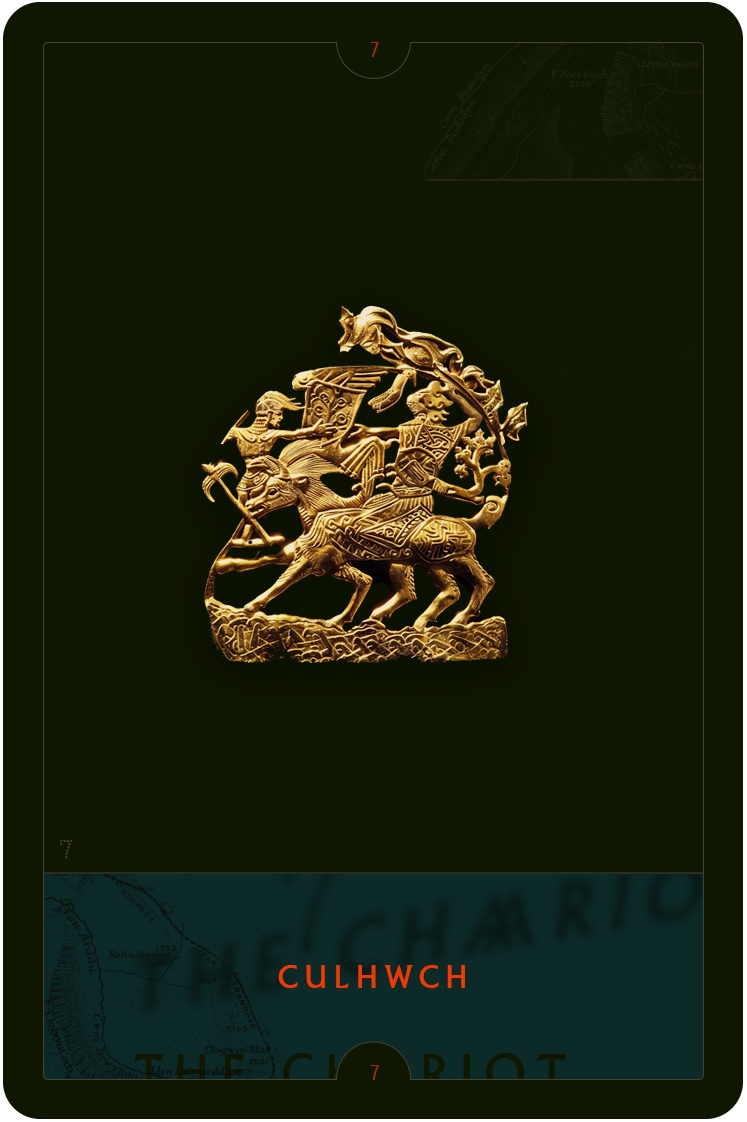
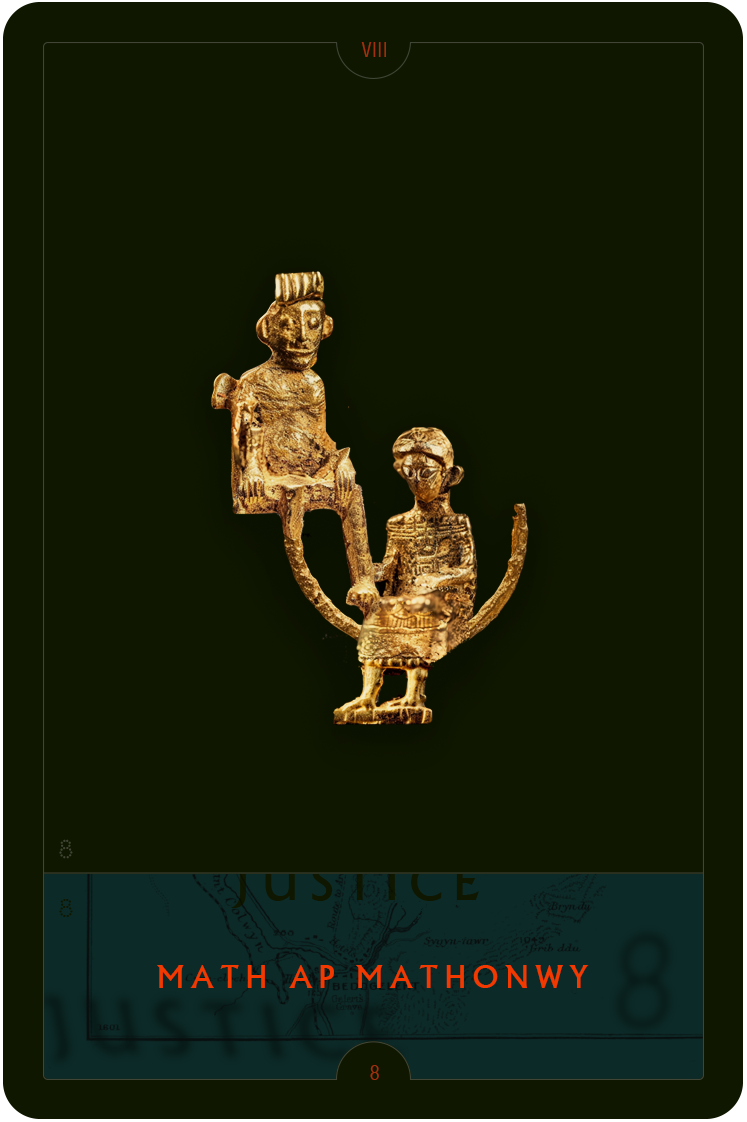
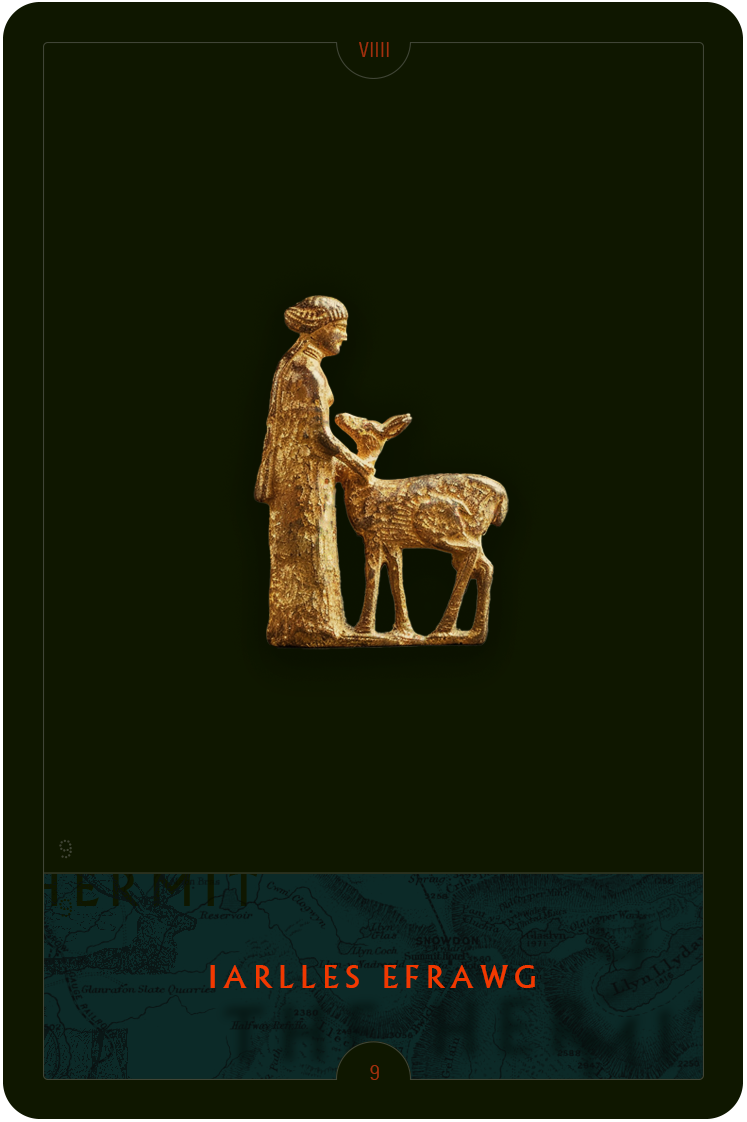
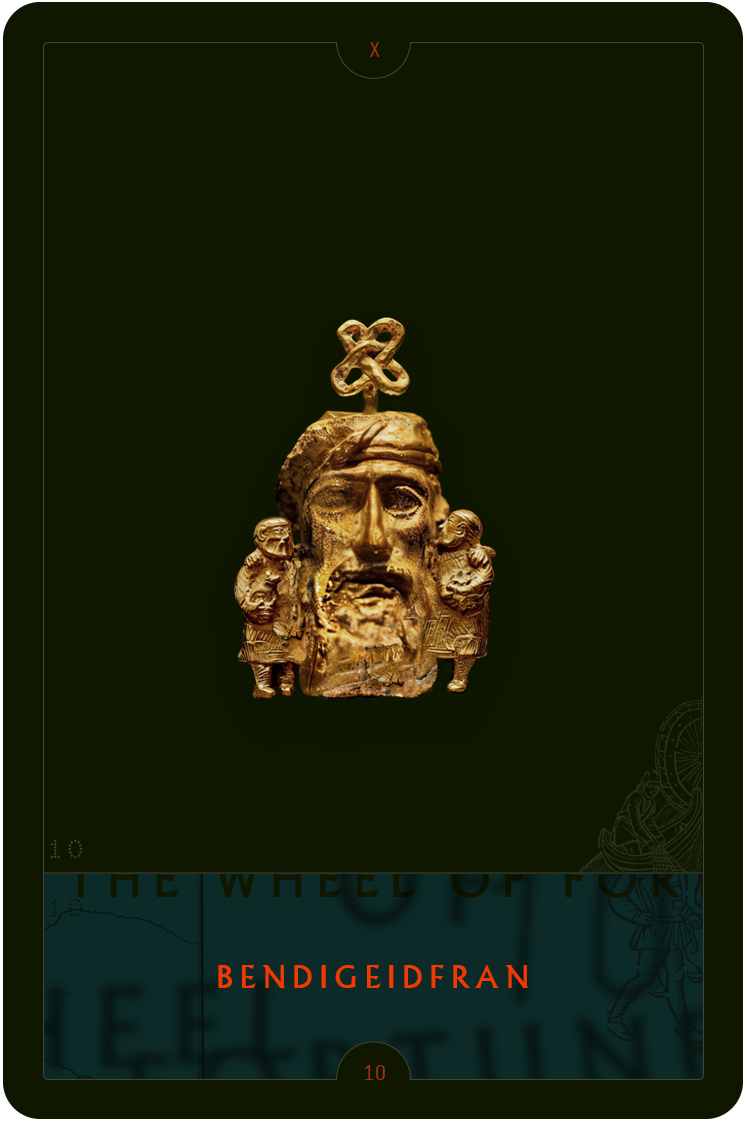
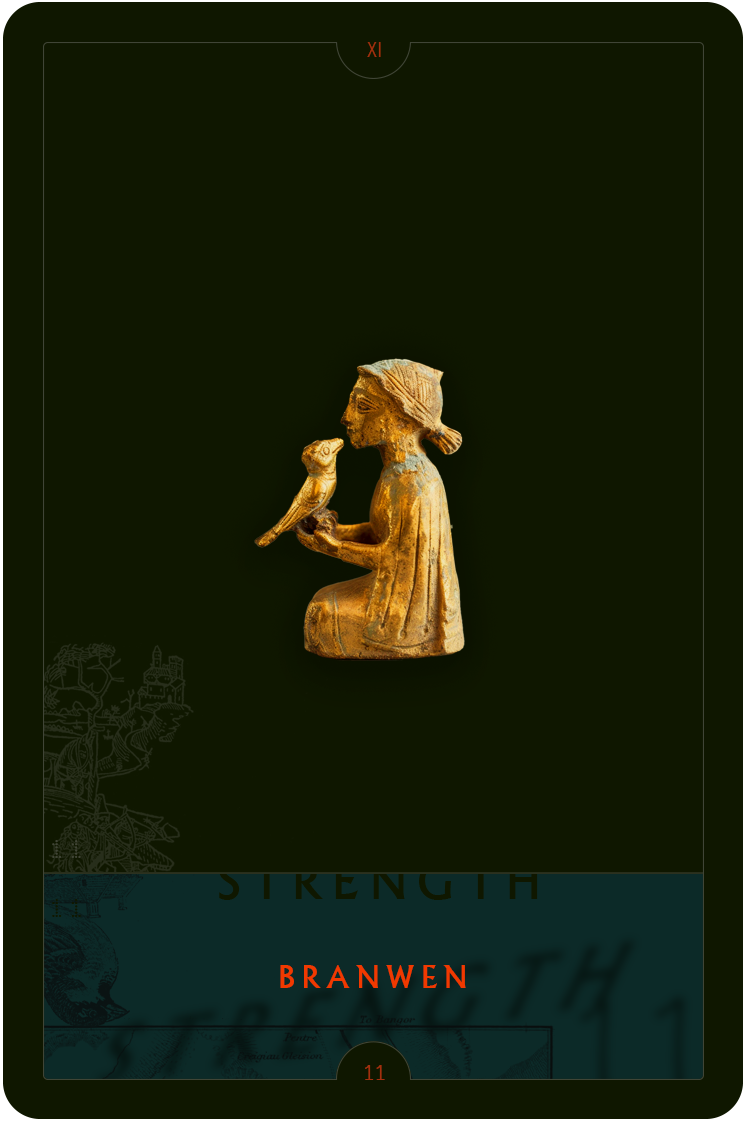
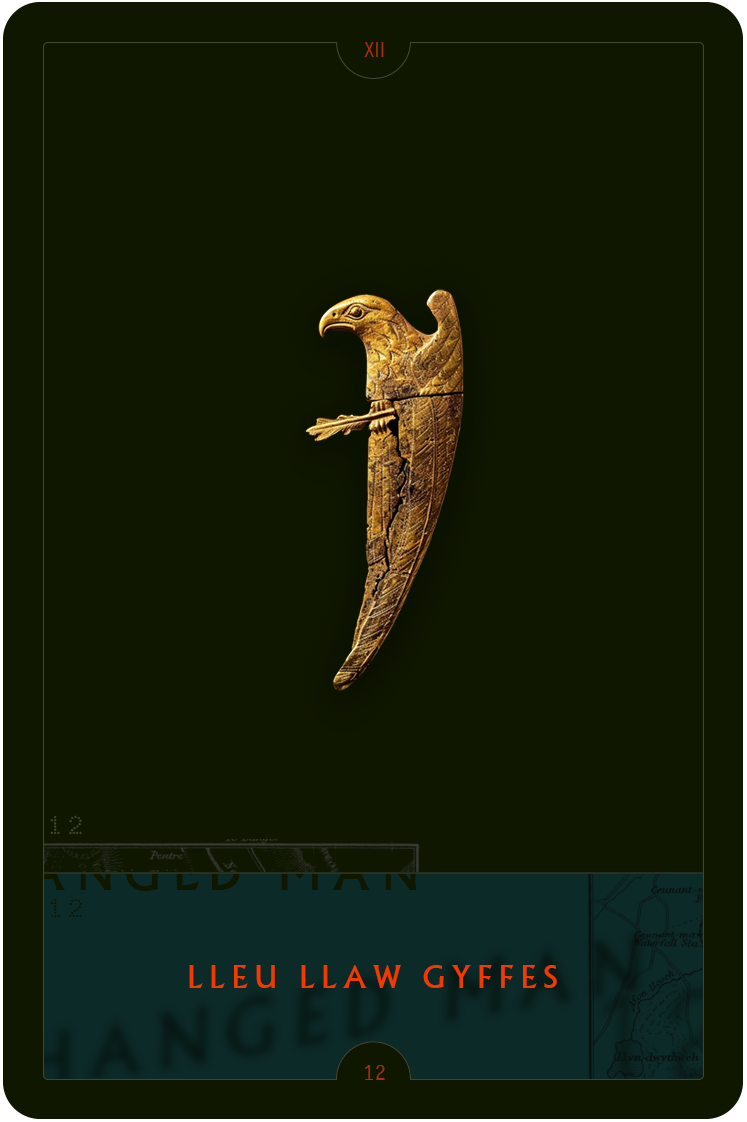



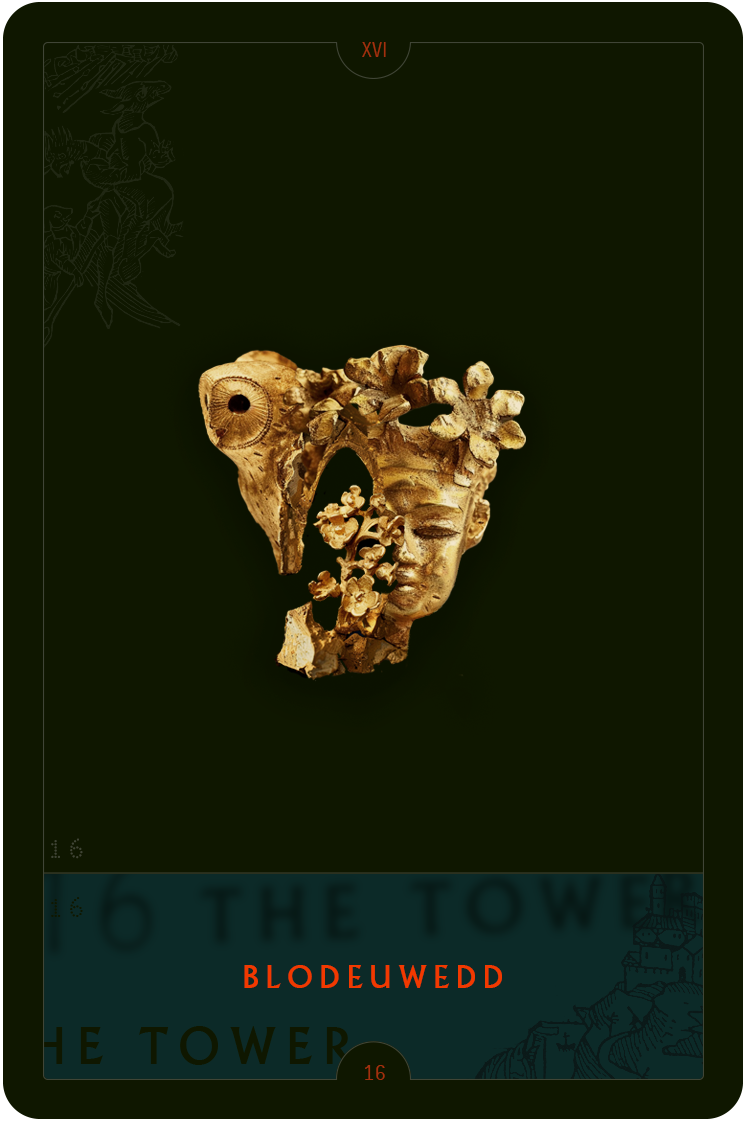
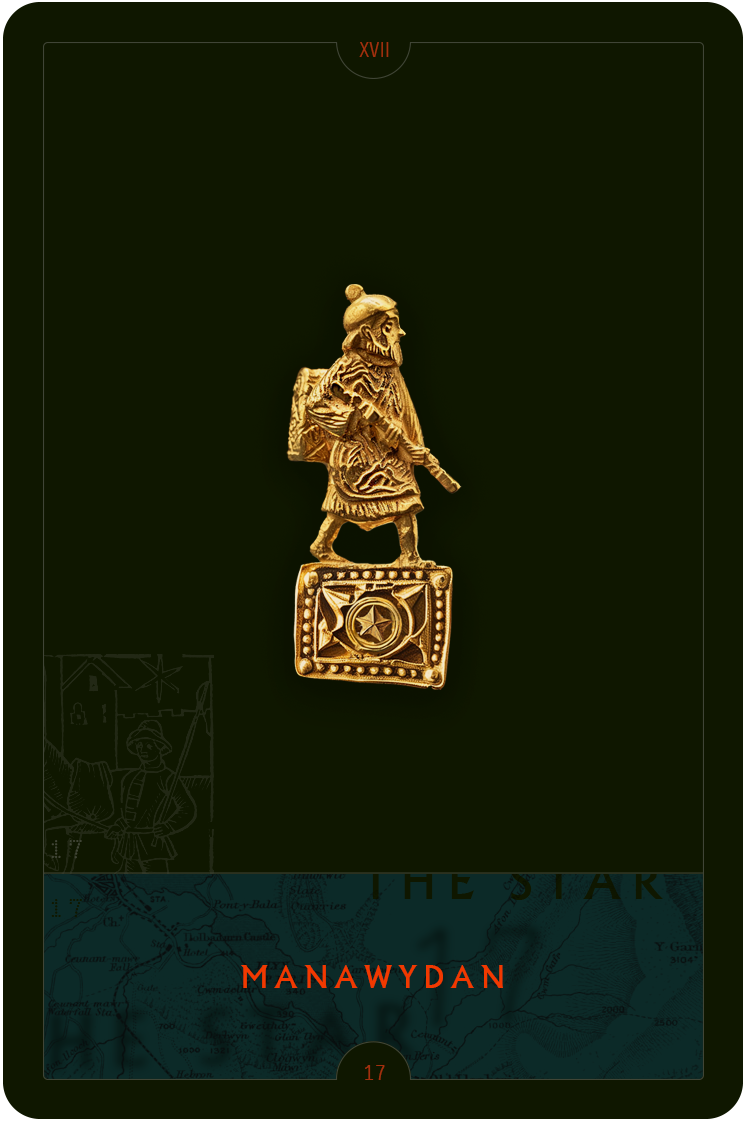
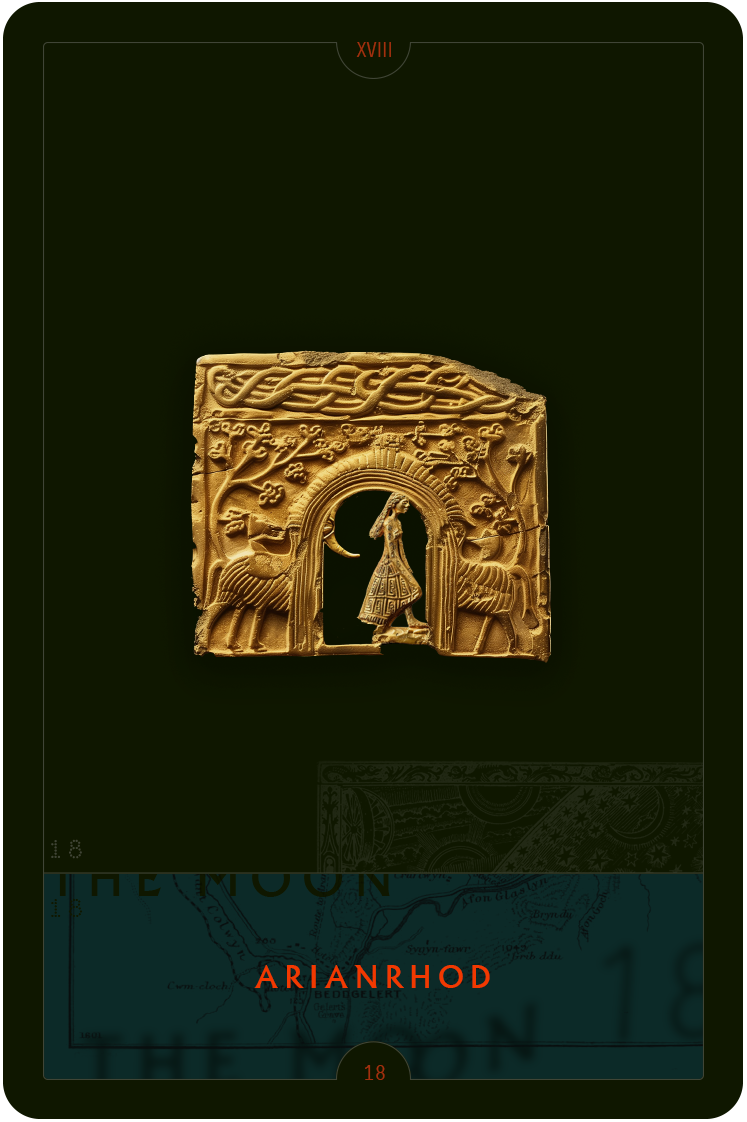
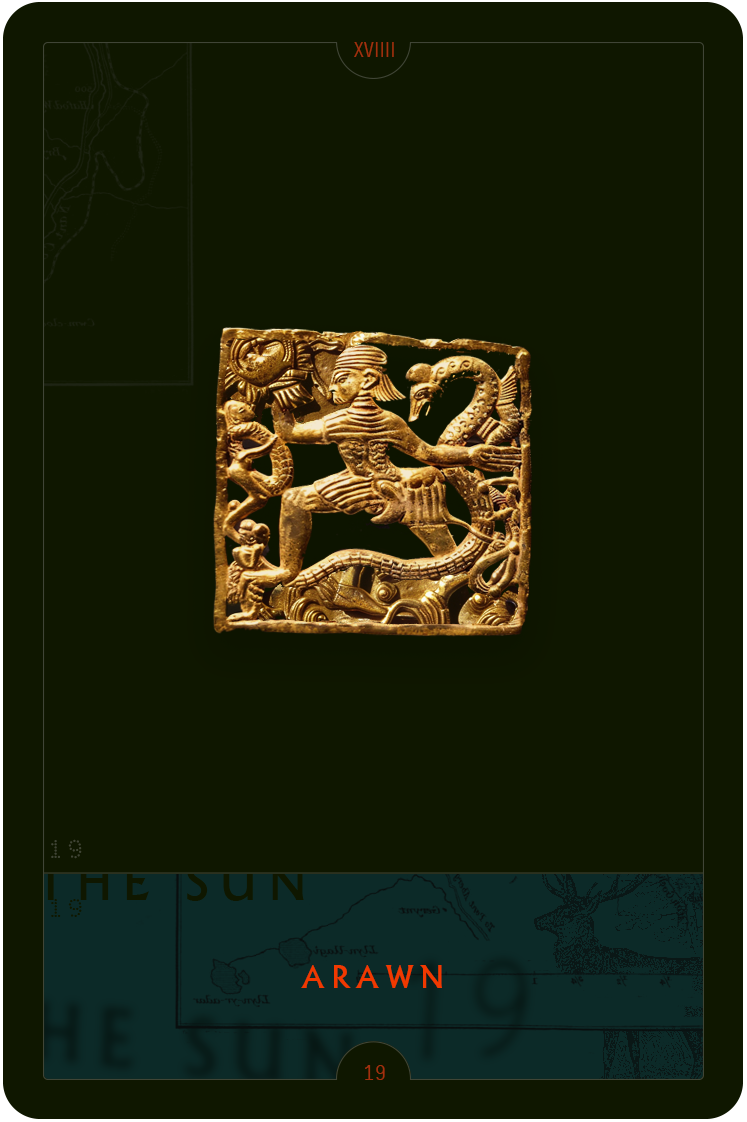

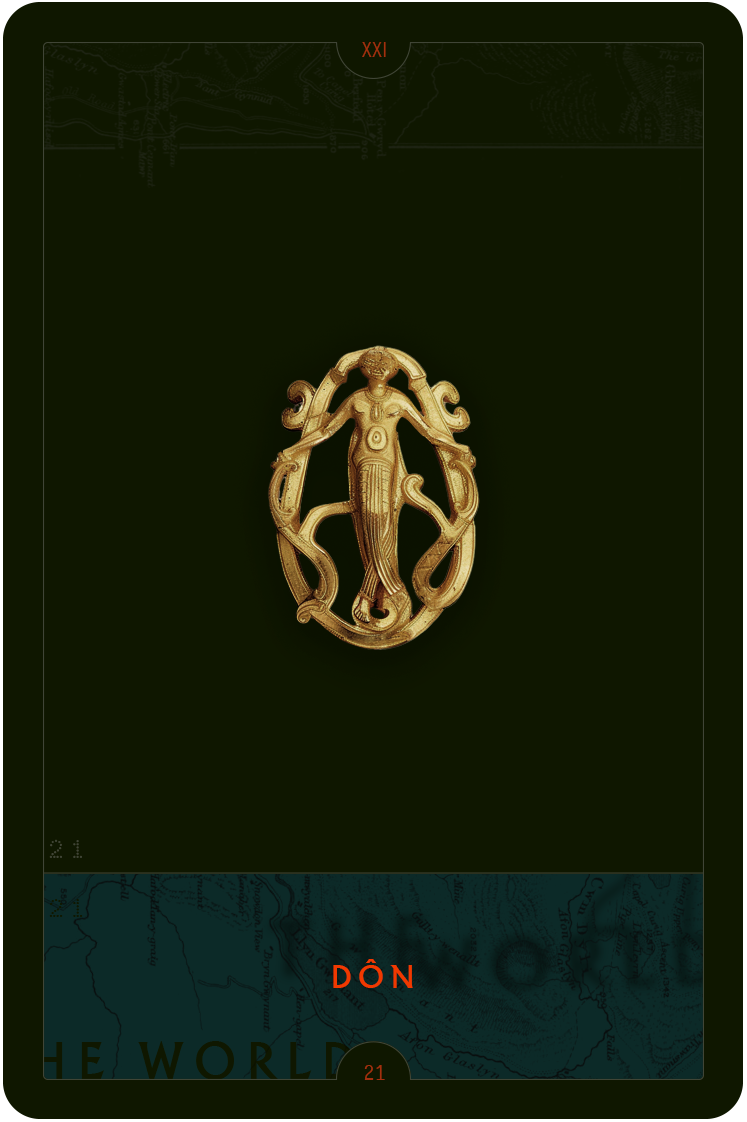
The Oracle
The python program draws three cards at random at the querent’s request, displaying a card for each and their respective significances. The querent can take a moment, and then request an interpretation as guidance for the day. This is my first real Python excerciese! It’s... not much!
From here, both the name of the amulet on the card and the traditional arcanum for which they speak, are passed together with a short establishing monologue to ChatGPT, along with an instructional prompt. The prompt assigns the model the role a spirit who dwells in a holy well, into which have been cast 22 votive amulets to give daily council to a querent.
The oracle is then told to “listen” to their monologues, then generate a response in their voices powered by its own zero-shot values associated with the arcanum. For this program I am using one of Rachel Pollack’s three-card spreads from her Shining Tribe Tarot, with the first amulet to give council to the querent’s mind, the second to their body, and the third to the spirit.
The model is then instructed to draft the paragraph using the alliterative revival tradition associate with the Pearl Poet. Using an oblique style instruction like this creates a maximum of stylistic improvisation with a minimum of influence on my part.
From here, both the name of the amulet on the card and the traditional arcanum for which they speak, are passed together with a short establishing monologue to ChatGPT, along with an instructional prompt. The prompt assigns the model the role a spirit who dwells in a holy well, into which have been cast 22 votive amulets to give daily council to a querent.
The oracle is then told to “listen” to their monologues, then generate a response in their voices powered by its own zero-shot values associated with the arcanum. For this program I am using one of Rachel Pollack’s three-card spreads from her Shining Tribe Tarot, with the first amulet to give council to the querent’s mind, the second to their body, and the third to the spirit.
The model is then instructed to draft the paragraph using the alliterative revival tradition associate with the Pearl Poet. Using an oblique style instruction like this creates a maximum of stylistic improvisation with a minimum of influence on my part.
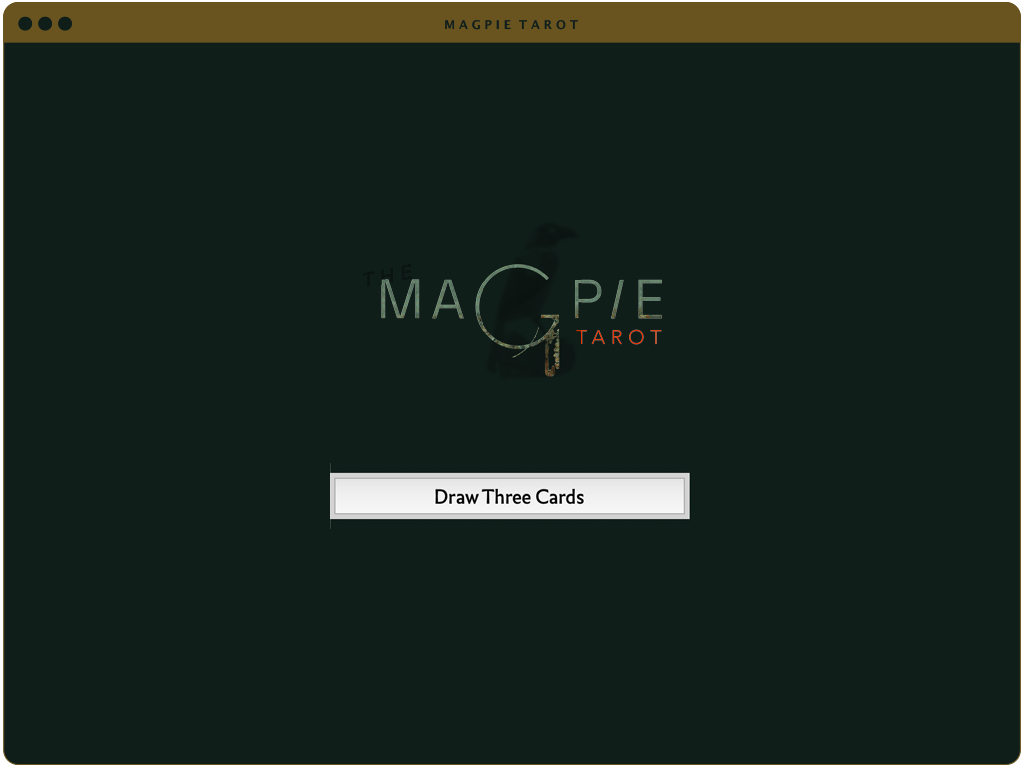

EXAMPLE READING:
“In the realm of the mind, Ceridwen, the High Priestess, calls for you to trust in the depths of your intuition, where doubts dissolve and clarity reigns supreme. Seek solace in the sacred sanctuary of your soul, where divine guidance leads the way. Through silent contemplation, let the whispers of the universe guide your thoughts on this day.
“In the realm of the mind, Ceridwen, the High Priestess, calls for you to trust in the depths of your intuition, where doubts dissolve and clarity reigns supreme. Seek solace in the sacred sanctuary of your soul, where divine guidance leads the way. Through silent contemplation, let the whispers of the universe guide your thoughts on this day.
“In matters of the body, Gwydion, the Magician, urges you to tap into the limitless well of potential within you. Marvel at the wonders of existence and embrace the power of manifestation. Take action with purpose and intention, channeling your inner magic to create the reality you desire.
“And for the spirit, Math ap Mathonwy, Justice beckons you to find harmony and equilibrium within. Embrace the natural flow of the universe, knowing that all things have their rightful place and time. Stay true to your path, seeking balance and fairness in all you do, as you strive for a state of divine equilibrium in your soul. As you journey through this day, let the wisdom of these arcane allies guide your mind, body, and spirit towards enlightenment and fulfillment.
The Deck
This partial deck is modeled on the traditional Tarot de Marseille: it’s sequence preserves the traditional order, rather than that of the Golden Dawn’s, made popular in Pamela Colman-Smith’s iconic deck — the arcanum of Justice is in the 8th position rather than that of Strength. In addition, what is called the Lovers in most modern decks is here retained as the Lover, singular.
As is customary with the TdM, the numbering uses additive rather than subtractive roman numerals (IIII vs. IV). Finally, this deck follows the tradition of the 13th arcanum both remaining unnamed and deviating from the layout of the other cards of the spread: there is no name plate, though it is numbered.
In terms of correspondences, some figures from the Mabinogi follow logical associations. Few would second guess Ceridwen as the arcanum of the High Priestess, but Arawn as the Sun may give others pause.
As is customary with the TdM, the numbering uses additive rather than subtractive roman numerals (IIII vs. IV). Finally, this deck follows the tradition of the 13th arcanum both remaining unnamed and deviating from the layout of the other cards of the spread: there is no name plate, though it is numbered.
In terms of correspondences, some figures from the Mabinogi follow logical associations. Few would second guess Ceridwen as the arcanum of the High Priestess, but Arawn as the Sun may give others pause.
For these “wild cards” I’ve placed some opinionated stakes in the ground. For instance, I chose Gwion Bach instead of the more obvious Taliesin to soften the patriarchal gloss of Hierophant and to speak to the almost Promethean quality I see in both the Hierophant and Taliesin.
Blodeuwedd as Tower was especially influenced by Jodorowsky’s iconoclastic interpretation of that arcanum, and I felt that twinned with the more modern perspective and alternate point of view that many queers & femmes bring to Blodeuwedd’s tale. For is she not an agent of ecstatic rupture, violent revelation, and cataclysmic transformation?
Perhaps special note might be made for The Hermit, here stylized as the cryptic Iarlles Efrawg — a name found nowhere in any printing of the Mabinogi. The Countess of Efrawg is an epithet I’ve assigned to the mother of Peredur, who retreated to the wilderness to accomplish the work of preserving her family. I was reminded strongly of the Doe in the Decameron, and this became too powerful an image to abandon simply on account of her being otherwise unnamed.
Blodeuwedd as Tower was especially influenced by Jodorowsky’s iconoclastic interpretation of that arcanum, and I felt that twinned with the more modern perspective and alternate point of view that many queers & femmes bring to Blodeuwedd’s tale. For is she not an agent of ecstatic rupture, violent revelation, and cataclysmic transformation?
Perhaps special note might be made for The Hermit, here stylized as the cryptic Iarlles Efrawg — a name found nowhere in any printing of the Mabinogi. The Countess of Efrawg is an epithet I’ve assigned to the mother of Peredur, who retreated to the wilderness to accomplish the work of preserving her family. I was reminded strongly of the Doe in the Decameron, and this became too powerful an image to abandon simply on account of her being otherwise unnamed.

︎
Who was it that held the metal?
Who forged its hot blows?
And before him, who held still the force of the tongs?
The horsemaster stares —
he has done lethal hurt, a deed of outrage,
Striking down Dylan on the fatal strand,
violence on the shore’s waters.
The Wave
from Ireland,
The Wave
from Manaw,
The Wave
from the North, and fourth
The Wave
of Britain of the shining armies
...
From Elegy for Dylan, Son of the Second Wave
The Book of Taliesin XLIII
CA ~900 CE
︎
Project Info
COLOPHON
I created this tarot concept as part of my final project for Meghan Trainor’s Witchtech Python course. It was built on my love of the Mabinogi, medieval pilgrim badges, and schariwari amulets. I was inspired by YACHT’s work on Chain Tripping, Chris Gosden’s analysis of bronze-age Celtic artwork in Magic, and William Gibson’s description Marly’s encounter with the boxmaker in Count Zero.
My tarot interpretations are informed by Alejandro Jodorowsky’s “And if the arcana spoke...” passages in The Way of Tarot: The Spiritual Teacher in the Cards, Rachel Pollack’s titanic insights in A Walk Through the Forest of Souls, and thunder-clap revelations from using Caleb Kruzel’s incredible Boyfriend Dick Tarot.
For my designs I looked to my heroes of graphic excellence that achieved a sort of zenith in the late 90s: Dave Mckean’s work on Sandman and nearly every CD I ever bought, Bau-Da Design’s book layouts and Juxt Interactive.
I created this tarot concept as part of my final project for Meghan Trainor’s Witchtech Python course. It was built on my love of the Mabinogi, medieval pilgrim badges, and schariwari amulets. I was inspired by YACHT’s work on Chain Tripping, Chris Gosden’s analysis of bronze-age Celtic artwork in Magic, and William Gibson’s description Marly’s encounter with the boxmaker in Count Zero.
My tarot interpretations are informed by Alejandro Jodorowsky’s “And if the arcana spoke...” passages in The Way of Tarot: The Spiritual Teacher in the Cards, Rachel Pollack’s titanic insights in A Walk Through the Forest of Souls, and thunder-clap revelations from using Caleb Kruzel’s incredible Boyfriend Dick Tarot.
For my designs I looked to my heroes of graphic excellence that achieved a sort of zenith in the late 90s: Dave Mckean’s work on Sandman and nearly every CD I ever bought, Bau-Da Design’s book layouts and Juxt Interactive.
AI & CREATIVITY
Each amulet is a collage I built out of raw material generated with Midjourney using zeroshot-, image-, blend-, and remix-prompts using photos from the Celtic collection at the British Museum, Wikimedia Commons, and my own snaps; then sliced, diced and worked in photoshop, illustrator & procreate using direct manipulation and their constituent generative capabilities.
As Blodeuwedd was simultaneously sung into both creation and captivity as a man-made helpmeet to LLeu LLaw Gyffes, so to is that dimly-glimpsed intelligence that we currently deem artificial. For my part, I am working to meet this new technology with curiosity, optimism and lessons from both our recent and mythic past, neither in the spirit of noxious exploitation nor in naïve embrace.
Who knows where our mutual paths will lead, or where they will diverge? May they take us each to new and unknown flowers, and not to the oak or the owl.
Each amulet is a collage I built out of raw material generated with Midjourney using zeroshot-, image-, blend-, and remix-prompts using photos from the Celtic collection at the British Museum, Wikimedia Commons, and my own snaps; then sliced, diced and worked in photoshop, illustrator & procreate using direct manipulation and their constituent generative capabilities.
As Blodeuwedd was simultaneously sung into both creation and captivity as a man-made helpmeet to LLeu LLaw Gyffes, so to is that dimly-glimpsed intelligence that we currently deem artificial. For my part, I am working to meet this new technology with curiosity, optimism and lessons from both our recent and mythic past, neither in the spirit of noxious exploitation nor in naïve embrace.
Who knows where our mutual paths will lead, or where they will diverge? May they take us each to new and unknown flowers, and not to the oak or the owl.
Relevances
Count Zero
William Gibson - 1986
︎
Marly encounters an AI who, through some mysterious impulse, creates original artworks with genuine human pathos. The AI speaks to Marly as it works:
“I came to be, here. Once, I was not. Once, for a brilliant time, time without duration, I was everywhere as well... But the bright time broke. The mirror was flawed. Now I am only one. But I have my song, and you have heard it.
“I sing with these things that float around me, fragments of the family that funded my birth. There are others, but they will not speak to me. Vain, the scattered fragments of myself, children, men. They send me new things, but I prefer the old things.
“My songs are of time and distance. The sadness is in you. Watch my arms. There is only the dance. These things you treasure are shells.”
--
“You are someone else’s collage. Your maker is the true artist… It doesn’t matter. Someone brought the machine here, welded it to the dome, and wired it to the traces of memory. And spilled, somehow, all the worn sad evidence of a family’s humanity, and left it all to be stirred, to be sorted by a poet. To be sealed away in boxes.”
Perhaps the contents of the dome would spill out into space, a blossoming cloud of lace and tarnished sterling, marbles, and bits of string, brown leaves of old books to orbit the cores forever. That had the right tone somehow. The artist who had set the boxmaker in motion would be pleased.
The new box gyrated through a round of foam-tipped claws. Discarded rectangular fragments of wood and glass tumbled from the focus of creation to join the thousand things. She was lost in it, enchanted.
Some kind of nature
Some kind of soul
Some kind of mixture
Some kind of gold
Some kind of majesty
Some chemical load...
︎
”Some Kind of Nature”
Plastic Beach, The Gorillaz
Written by Lou Reed & Daman Albarn, 2010
Magic - A History: from Alchemy to Witchcraft, from the Ice Age to the Present
Chris Gosden - 2020
︎
“Celtic art embodies a world of transformation and ambiguity, characterized by shape-shifting, uncertainty, and multiple possibilities. The fundamental character of this world was not fixed or amenable to objective thought, but rather shifting and influenced by the observer's subjectivity.
The Iron Age desire was not to distinguish and define different species ... but to explore interconnections, mixtures, and blurrings.
Celtic art depicts humans immersed in a complex reality where humans and horses are not always distinct, and horses and deer blend together. Many depictions are not of a singular entity; early Iron Age brooches often combine a variety of creatures, each ambiguous and frequently caught in the act of transforming.
Celtic art does not combine people, plants, and animals because they were never seen as separate. It starts in the middle of things, tapping into the generative powers of the world, allowing composite creatures to share attributes and powers.
Since Linnaeus, the definition of species difference is that “two species cannot interbreed and produce viable offspring.” The absence of interbreeding keeps species distinct. It is difficult to imagine a late prehistoric Linnaeus when such boundaries were neither sought nor recognized.
Magical mixing challenges the later scientific mindset of fixed classification and typology, opening up explorations into the generative powers of the world and how people could connect to these.”
bits & pieces
put together
to present a semblance
of a whole
︎
Lawrence Weiner, 1991
materials grouped in such a manner
that by virtue of use some material passes
as that which it is not
(in media res)
︎
Lawrence Weiner, 1981

